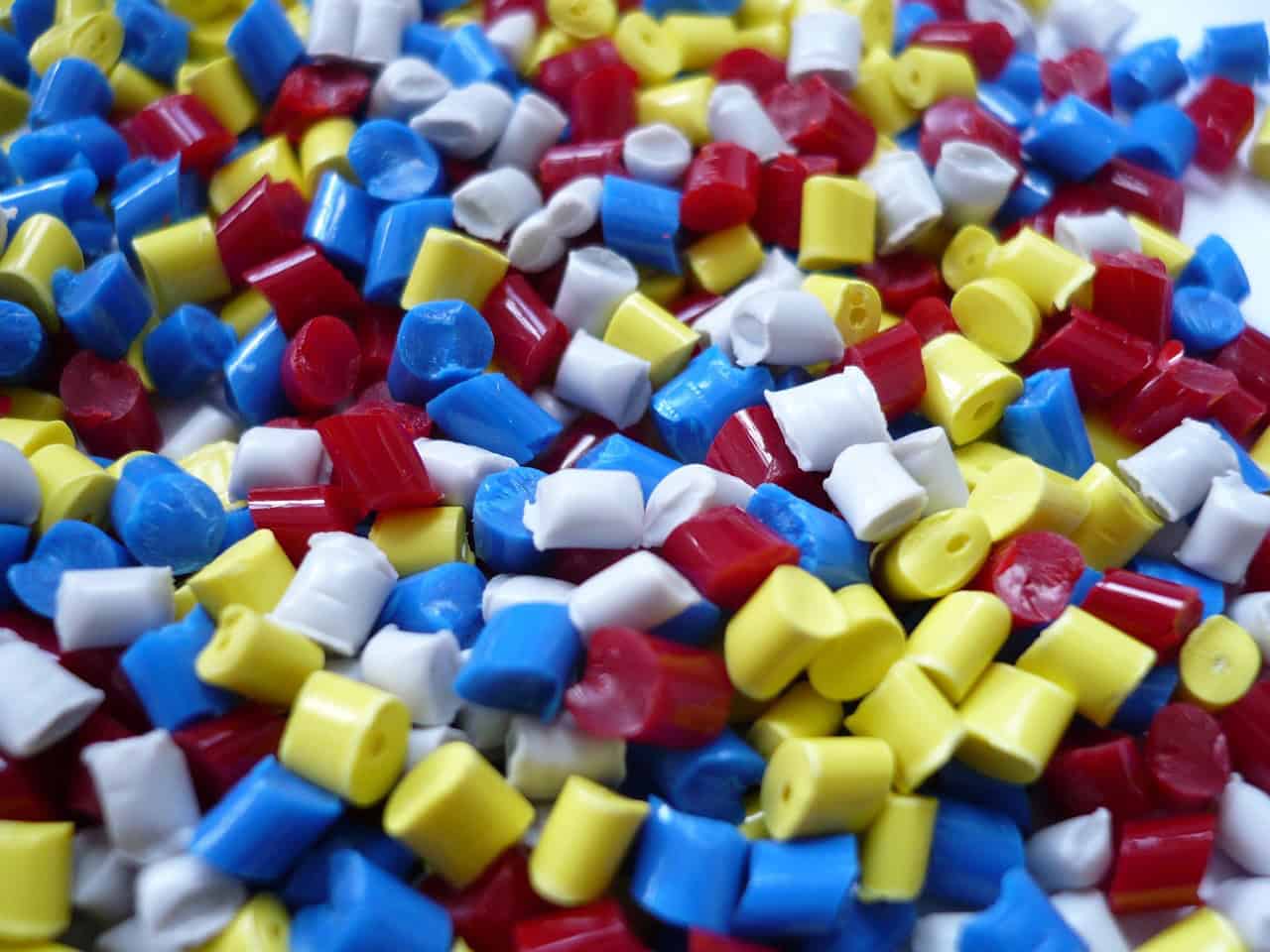
META-aiviCase Study
Plastic Production SOP Validation Using AR + AI
Customer
The customer is a Taiwan-based performance materials company that specializes in designing and manufacturing advanced polymer materials, synthetic rubbers, and specialty chemicals.
Case
Ensuring Compliance with SOPs in ABS Extrusion
In thermoplastic polymer manufacturing, adherence to standard operating procedures (SOPs) is critical to maintaining quality and efficiency. This is especially true in the extrusion of Acrylonitrile Butadiene Styrene (ABS). ABS extrusion involves heating and melting ABS pellets, extruding the melted material through a die, and then cooling and solidifying the product, which requires precise control to produce high-quality pipes, films, and profiles.

Challenge
Ensuring Quality Through SOP Adherence
Ensuring consistent adherence to SOPs in the ABS extrusion process is critical yet challenging. Operators must follow each step meticulously to maintain product quality and prevent production line stoppages due to operator errors. Incorrect settings, particularly temperatures, pose significant safety risks, leading to overheating, machine malfunctions, and potential hazards. The complex process necessitates human intervention, making full automation impractical and highlighting the need for vigilant SOP enforcement.
Solution
Real-Time Guidance with AR + AI Technology
To address these challenges, the company implemented a robust system designed to monitor and enforce SOP compliance, significantly enhancing product quality and operational efficiency. Central to this solution is the use of tablets equipped with the META-aivi AR + AI vision system. This advanced AI technology overlays real-time instructions onto the operator’s tablet screen, guiding them step-by-step through each phase of the ABS extrusion process. META-aivi ensures that tasks are completed efficiently, safely, and without errors by providing precise, context-sensitive guidance. This real-time support minimizes the risk of deviations, prevents stoppages, and maintains optimal safety standards, ultimately leading to a more streamlined and reliable process.